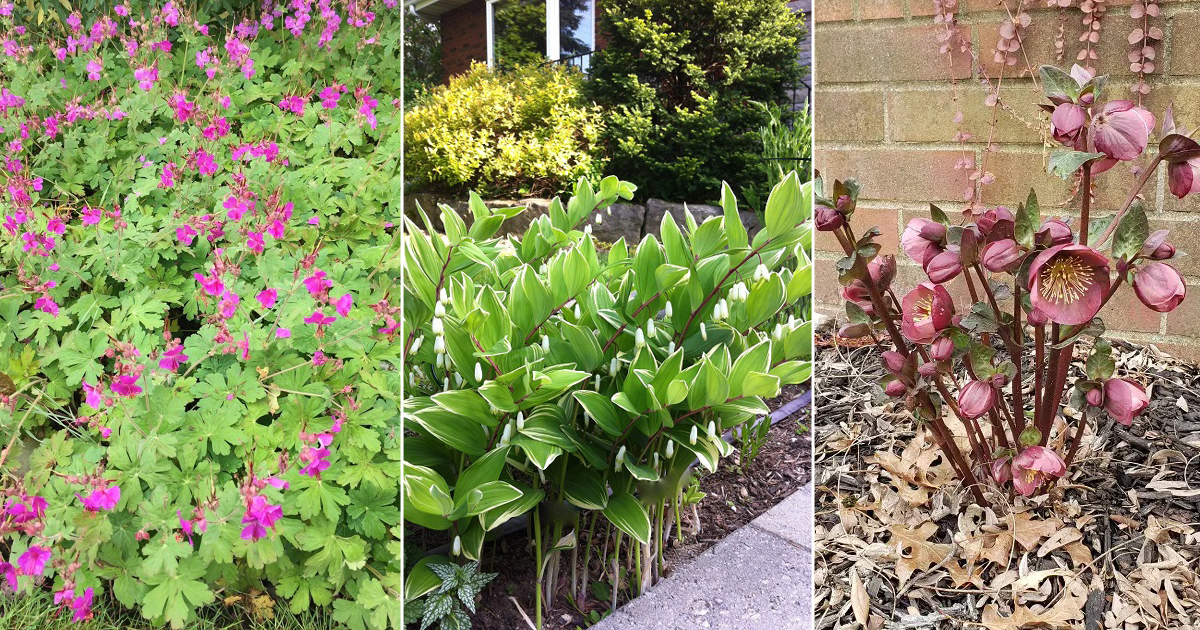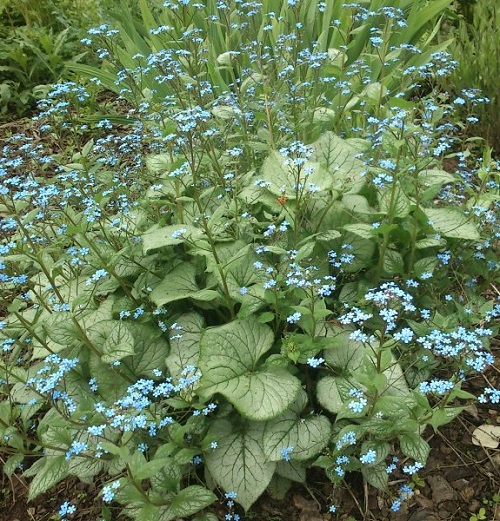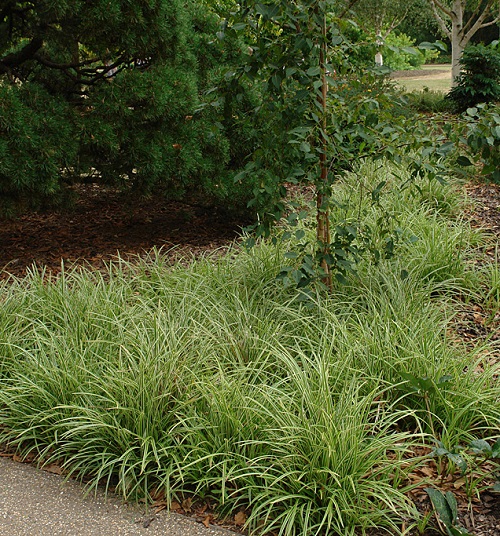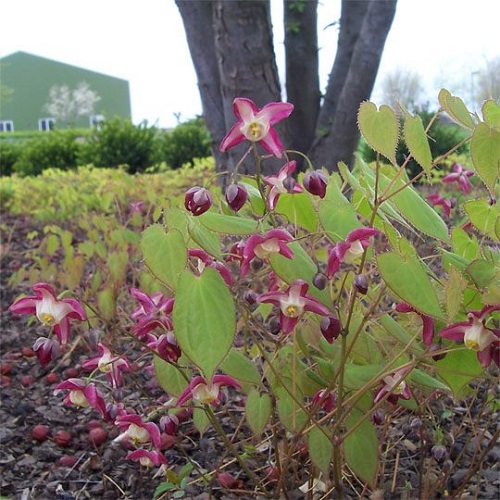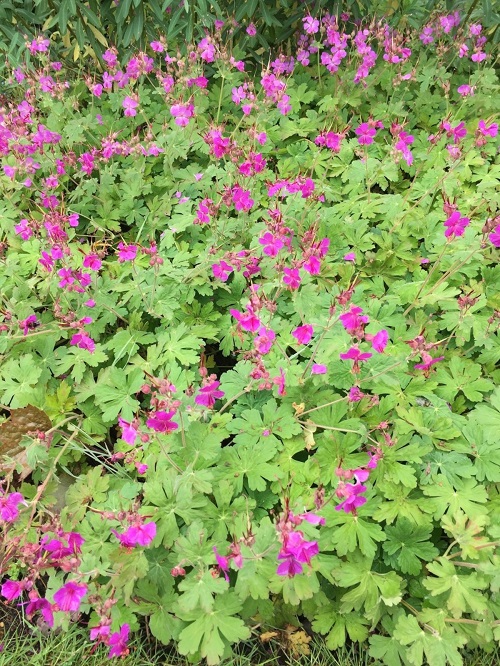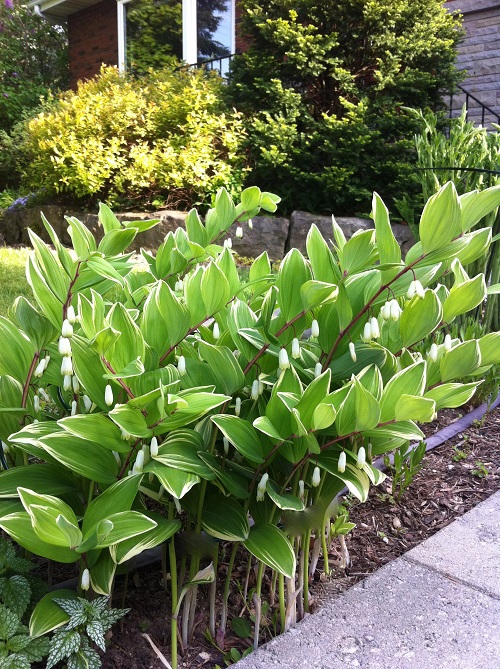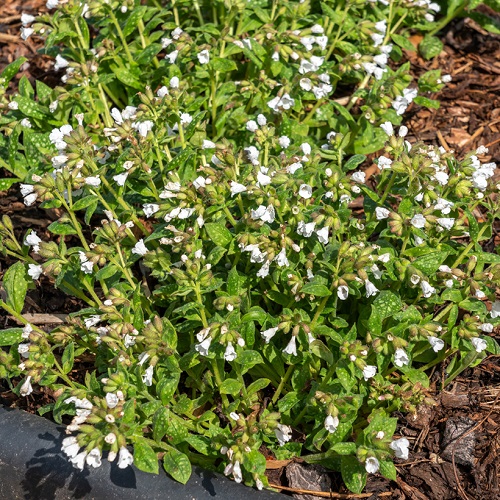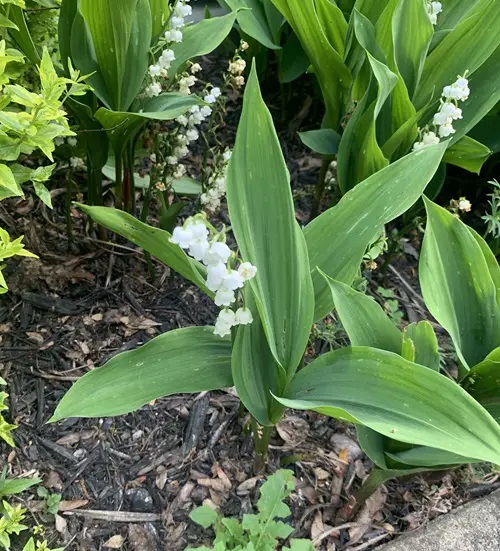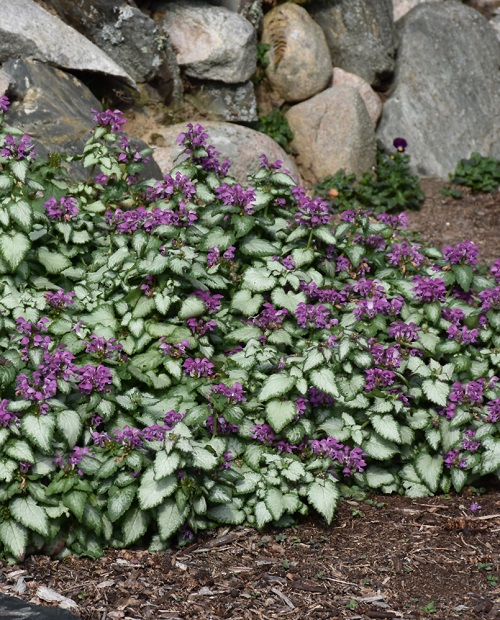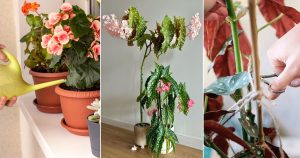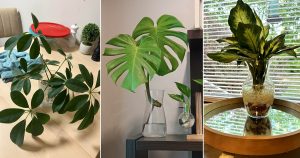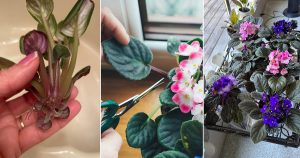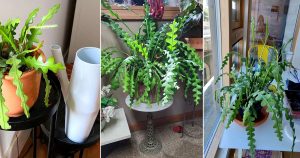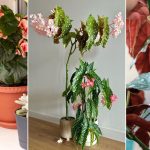Learn which perennials thrive in dry shade areas. Great for tricky garden spots with little water and sun.
Most gardeners would agree that gardening in full shade presents certain difficulties, and gardening in dry soil is an even greater hardship: Combine the two, and you have a serious gardening challenge.
Dry shade is almost always the result of mature trees with roots that run close to the soil surface, and while non-native maples (especially Norway maples [Acer platanoides cvs.]) tend to lead the pack in this respect, dry shade is a fact of life at the base of most large trees. Worse still, your natural inclination to add more soil (to raise the grade) won’t work because vigorous, feeder roots quickly invade and out-compete new understory transplants.
Some shade lovers, like brunnera and bigroot hardy geranium are naturally hardwired to cope with dry conditions, while others (‘Ice Dance’ sedge for instance) would, given their druthers, prefer much more moisture—thereby enabling them to launch a full-scale botanical incursion; but under the strictures that “dry shade” imposes, they behave like perfect gents.
When planting in dry shade, mix plenty of compost or well-rotted manure into the planting holes and water about once a week for the first year while your perennials establish a sturdy root system suitable for these demanding conditions. During periods of prolonged drought, even mature clumps may need supplementary irrigation.
Many perennials that are able to tolerate dry shade flower from spring to midsummer, so mixing and mingling foliage types will ensure that visual interest is sustained even when plants aren’t in bloom.
Perennials for Dry Shade
1. Wild ginger (Asarum canadense)
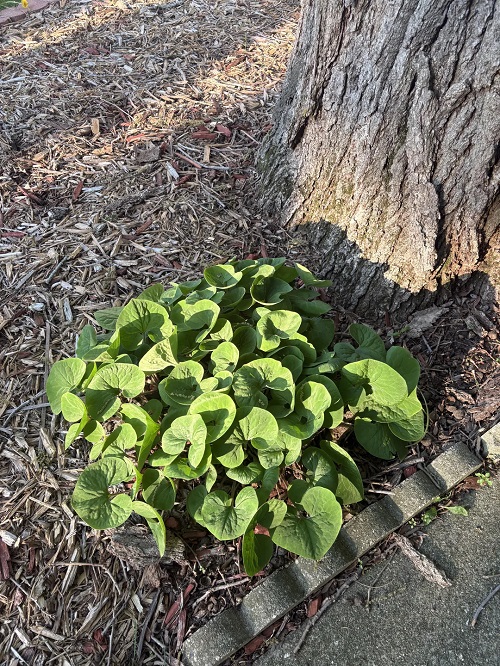
Unrelated to culinary ginger (Zingiber officinale), this native groundcover bears downy green leaves that conceal their distinctive burgundy spring flowers, which are borne at ground level. Taking several years to establish, mature patches can be divided in early spring or late autumn. Deer-resistant and hardy to Zone 3, wild ginger grows 10 centimeters high and has an indefinite spread.
2 ‘Looking Glass’ brunnera (Brunnera macrophylla ‘Looking Glass’)
A naturally-occurring sport of B. m. ‘Jack Frost,’ a sizeable clump of ‘Looking Glass’ brunnera, can lighten up the darkest corner of your garden. Blue, forget-me-not-like flowers appear in late spring above shimmering silver leaves with dark green veins and edges. Growing about 35 centimetres high and wide, ‘Looking Glass’ is hardy to Zone 3 and is both deer and rabbit-resistant. Royal Horticultural Society Award of Garden Merit, 2012
3 ‘Ice Dance’ sedge (Carex ‘Ice Dance’)
To wild for the average herbaceous border, a dry-shade situation will keep this bright, variegated Japanese sedge within bounds. Deer-resistant and hardy to Zone 5, it is essentially evergreen, although some springtime trimming and tidying may be required. Growing 25 centimetres high by 50 cms wide, it spreads by underground stolons (or runners); mature clumps should be divided in spring.
4 Red epimedium (Epimedium ×rubrum)
A cross between the European E. alpinum and the Asian E. grandiflorum, leaves emerge in spring with a conspicuous red tinge that gradually turns green and finally takes on a reddish-bronze hue in autumn. Cut red epimedium stems back to ground level in late winter to better appreciate their springtime red and white seersucker-striped flowers. Growing 30 centimetres tall by 45 cms wide and hardy to Zone 4, red epimedium is deer and rabbit resistant. RHS AGM, 1993
5 ‘Bevan’s Variety’ bigroot hardy geranium (Geranium macrorrhizum ‘Bevan’s Variety’)
Masses of deep magenta-pink flowers are produced in early summer and held above aromatic, downy green foliage that turns cranberry red in autumn. Native to Europe, bigroot hardy geraniums grow 30 centimetres tall by 45 cms wide, and form a dense mat capable of choking out most weeds. Deer and rabbit resistant and hardy to Zone 3, plants may be divided in early spring or mid-autumn. G. m. ‘Ingwersen’s Variety’ bears soft pink blooms. RHS AGM, 1993
6 Hellebores (Helleborus ×hybridus cvs.)
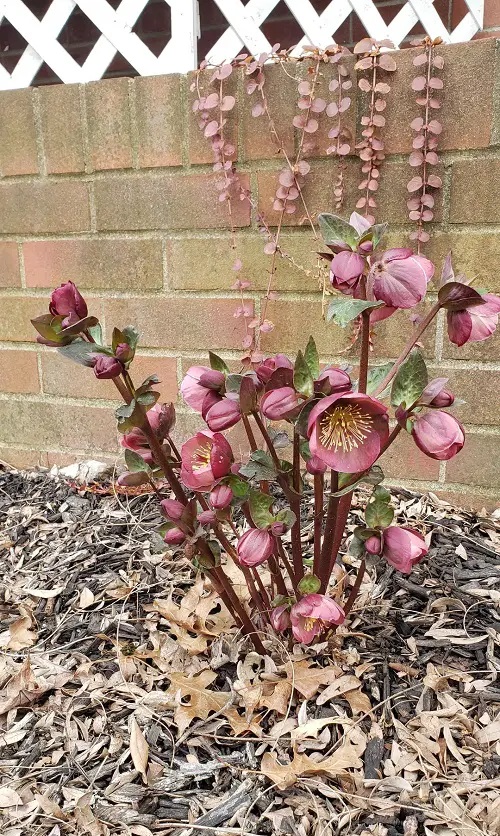
Probably due to the price of the newest cultivars, gardeners tend to treat hellebores with kid gloves, apparently forgetting what tough old customers they actually are. Once established, hellebores self-seed, forming large colonies that are particularly well suited to dry shade. Hardy to Zone 4 and growing 40 centimetres tall and wide, hellebores are also deer and rabbit-resistant.
7 Variegated fragrant Solomon’s seal (Polygonatum odoratum var. pluriflorum ‘Variegatum’)
A marvelously architectural plant, graceful arching stems carry green leaves edged and streaked with white, and fragrant, dangling white bell-shaped flowers in late spring. Growing 60 centimetres tall by 45 cms wide and hardy to Zone 4, it takes a couple of years to establish and then spreads slowly but steadily by underground rhizomes; deer and rabbit resistant.
8 ‘Sissinghurst White’ lungwort (Pulmonaria ‘Sissinghurst White’)
Another terrific plant for lighting up dark corners, ‘Sissinghurst White’ has deep green leaves spotted with silver and bears clusters of pristine white bells in mid-spring. Growing 25 centimetres tall by 45 cms wide, it spreads slowly via creeping roots and self-seeds modestly, although seedlings often produce blue-flowered progeny. Hardy to Zone 3, its deer and rabbit-resistant leaves may be cut back hard if they begin to look tatty by late summer; mature clumps should be divided in autumn.
9. Lily of the valley (Convallaria majalis)
Lily of the valley is a favorite plant in the South, known for its beauty. It’s a low-growing ground cover that blooms in spring and reaches a height of only 6 to 8 inches. Its curved stems hold small, white, bell-shaped flowers with a sweet smell. The blooms last just 2 to 3 weeks, but the wide, shiny green leaves remain attractive throughout the season.
10. Spotted deadnettle (Lamium maculatum)
Spotted deadnettle is a plant from the mint family, originally from Europe, western Asia, and North Africa. It’s called “deadnettle” because its leaves look like stinging nettles but don’t sting. This low-growing, spreading plant is a hardy perennial that grows well in zones 3 to 8. In mild weather, it stays green most of the year. It usually grows 6 to 9 inches tall and spreads out along the ground, sometimes forming small mounds. The stems are square, hollow, and root as they spread, creating a thick ground cover.

